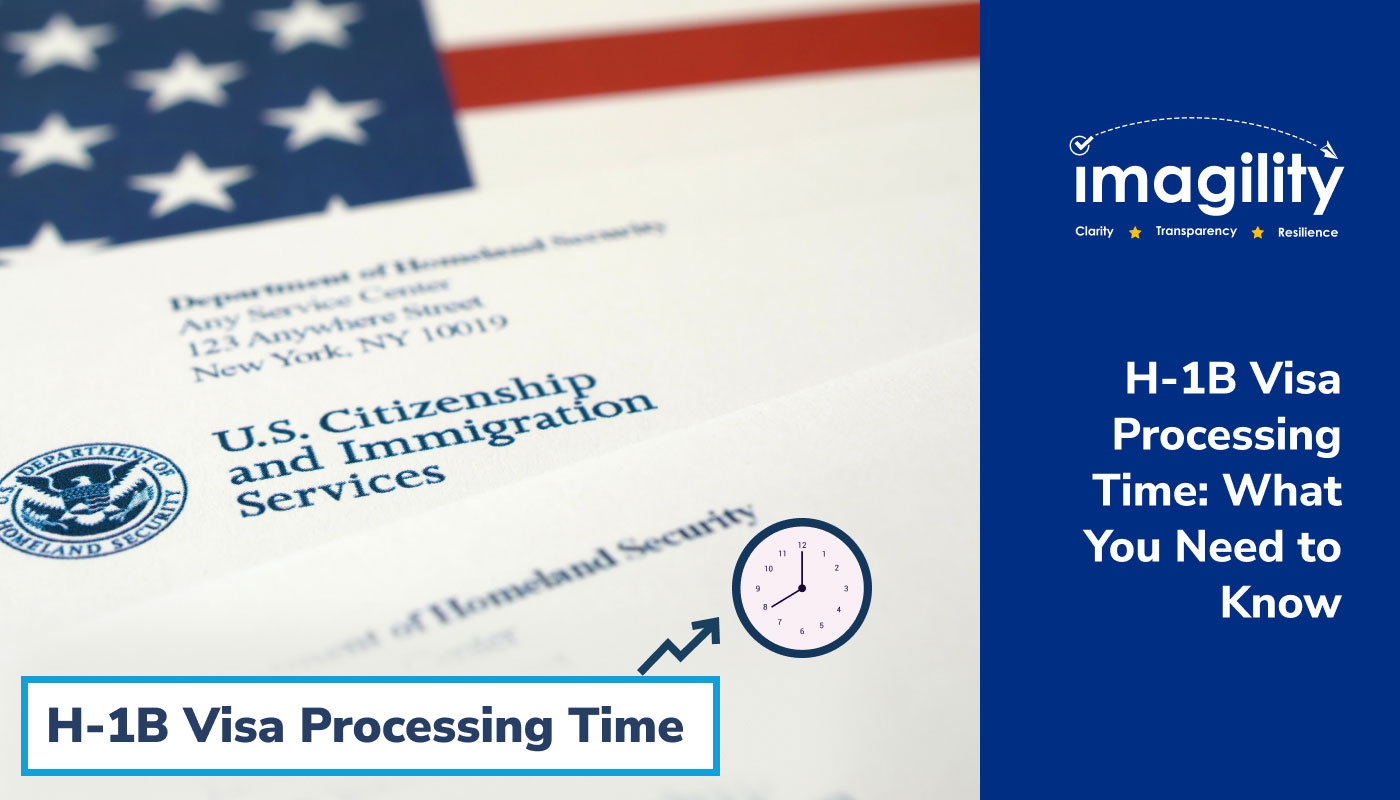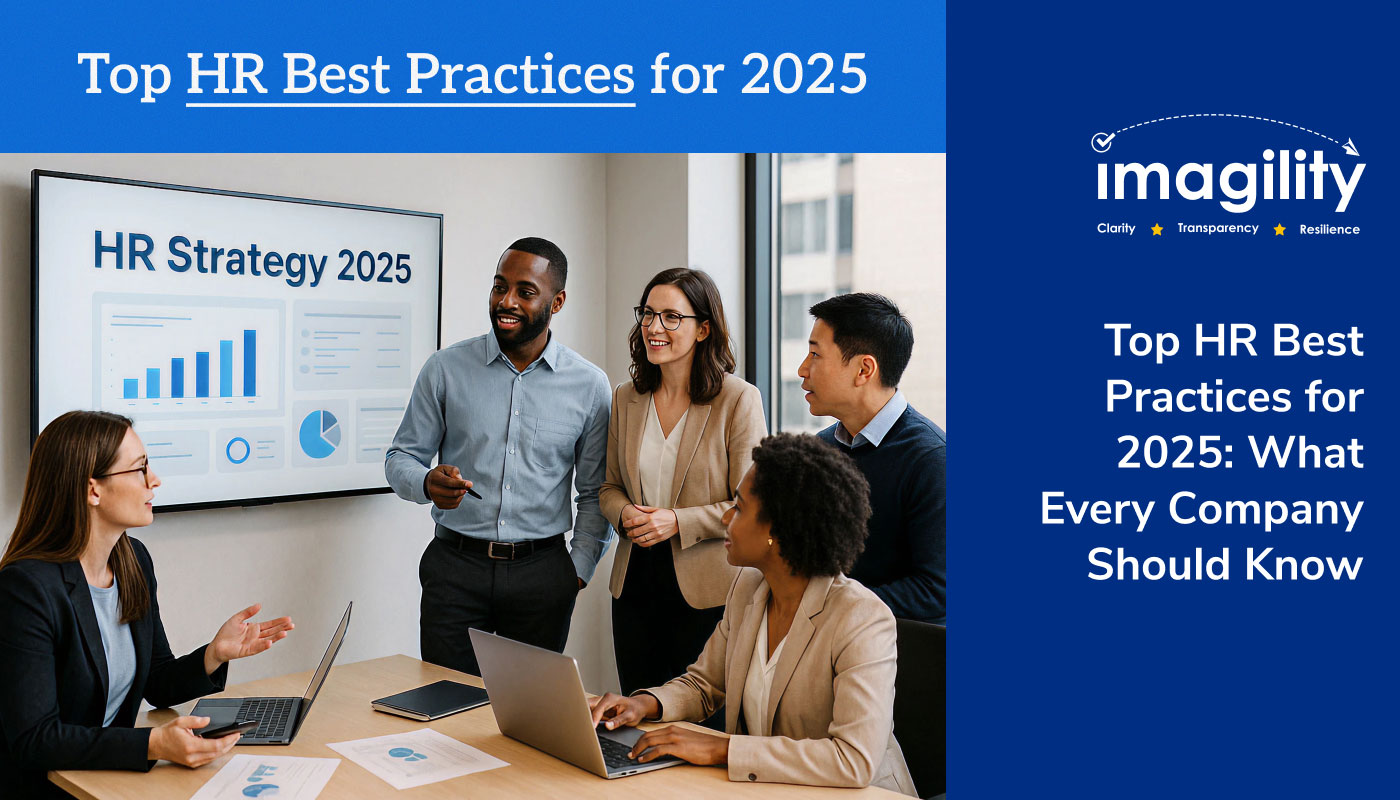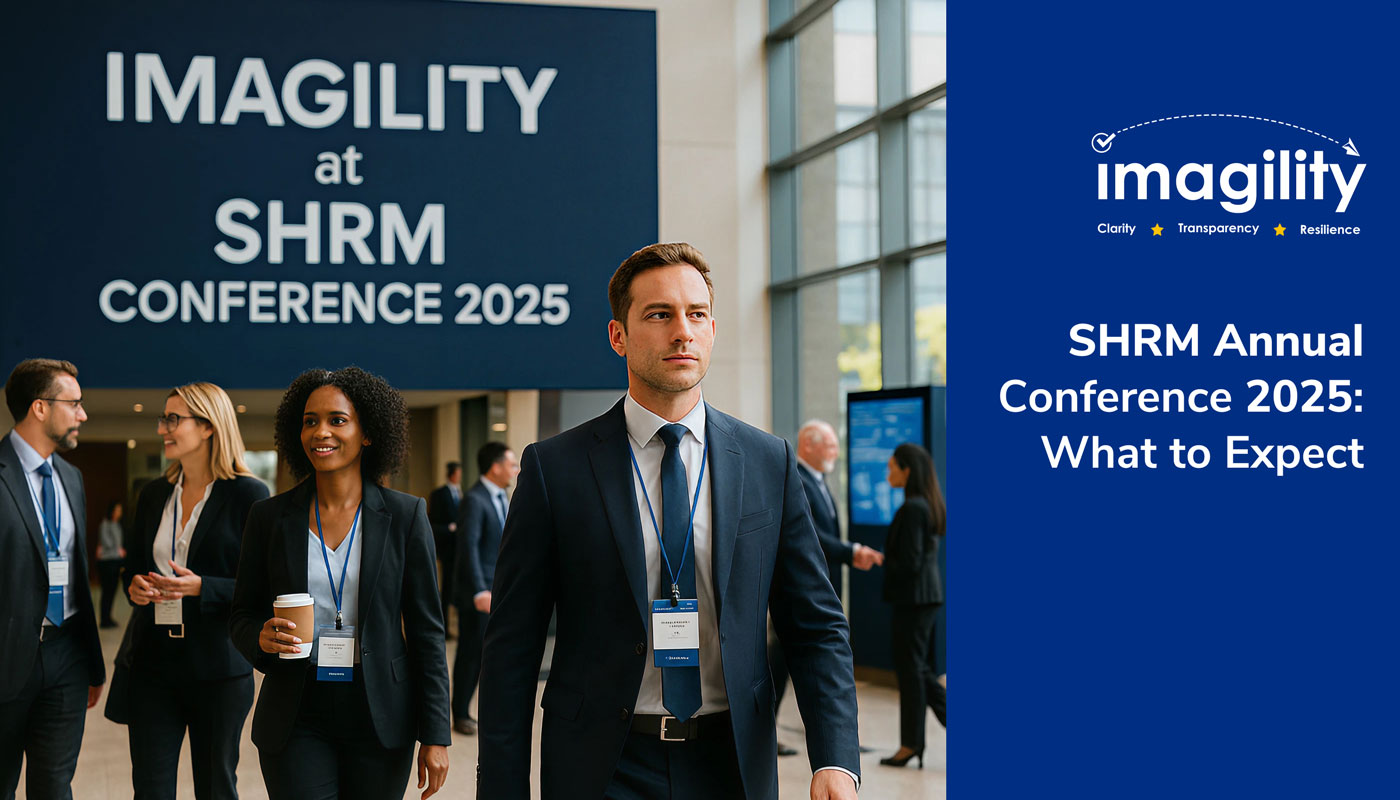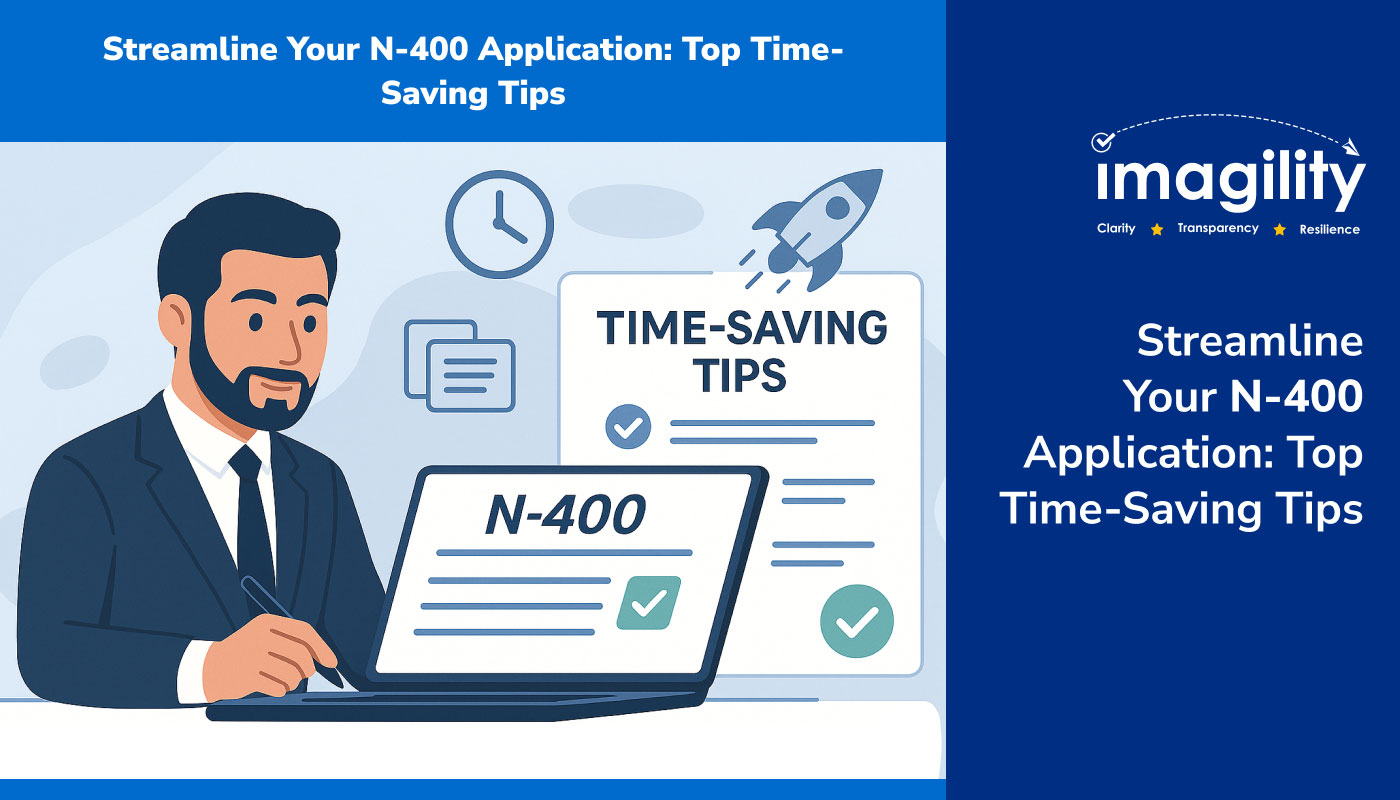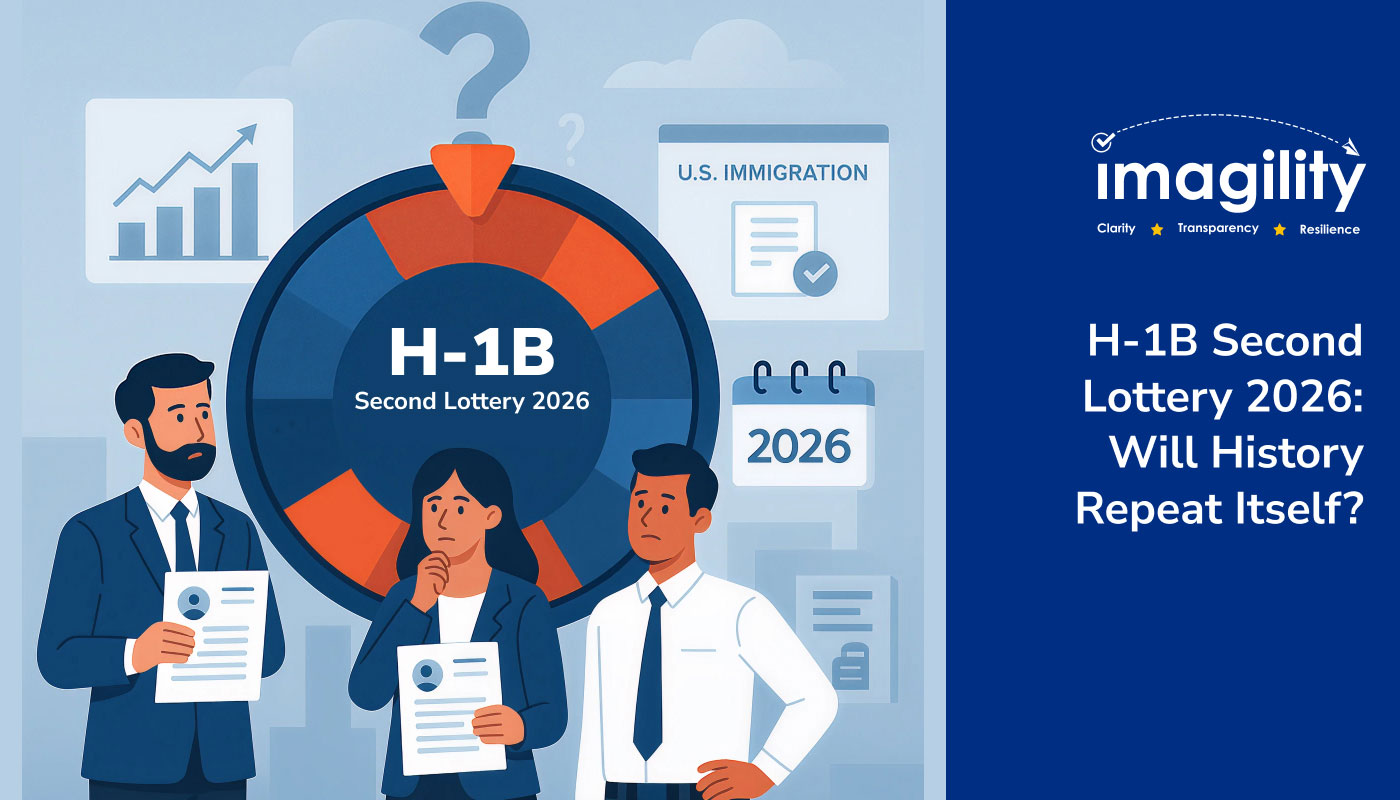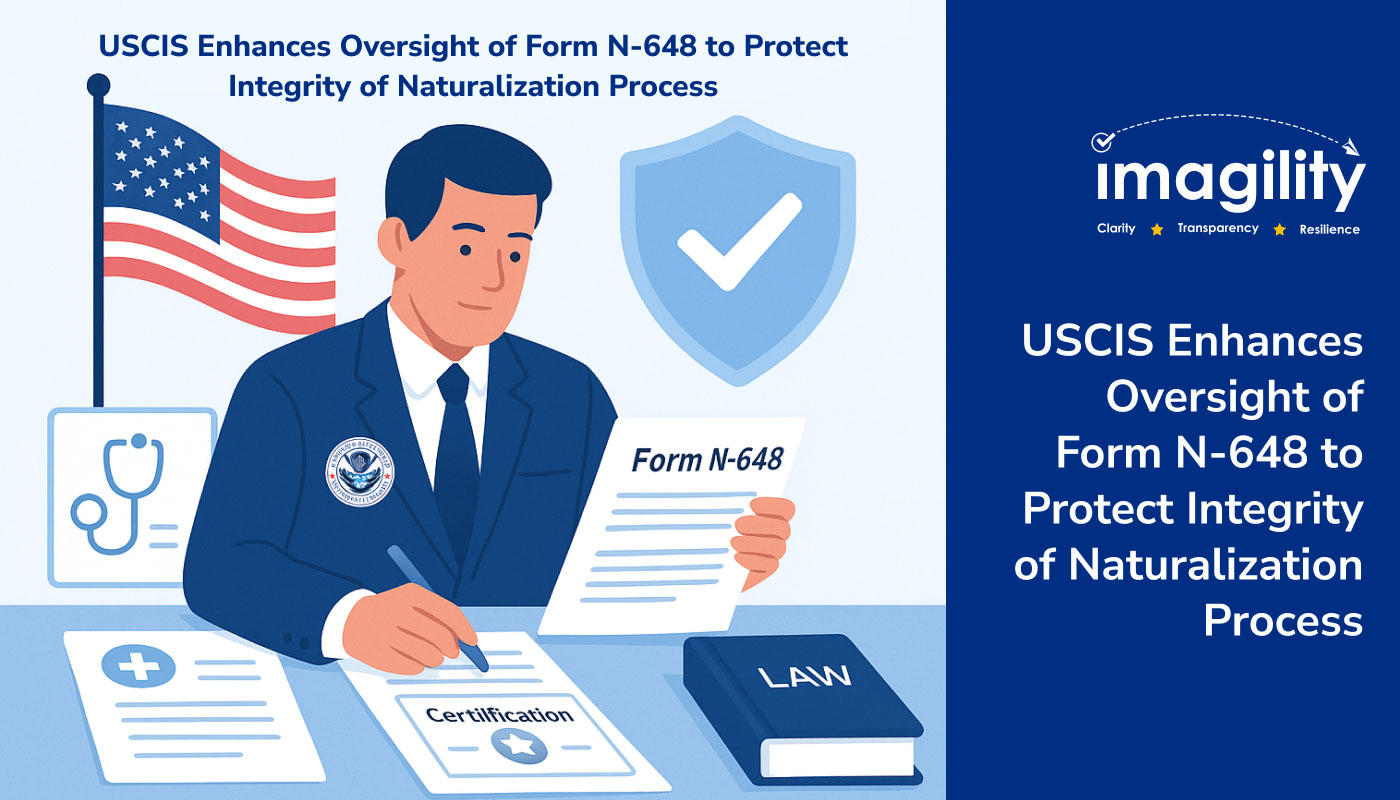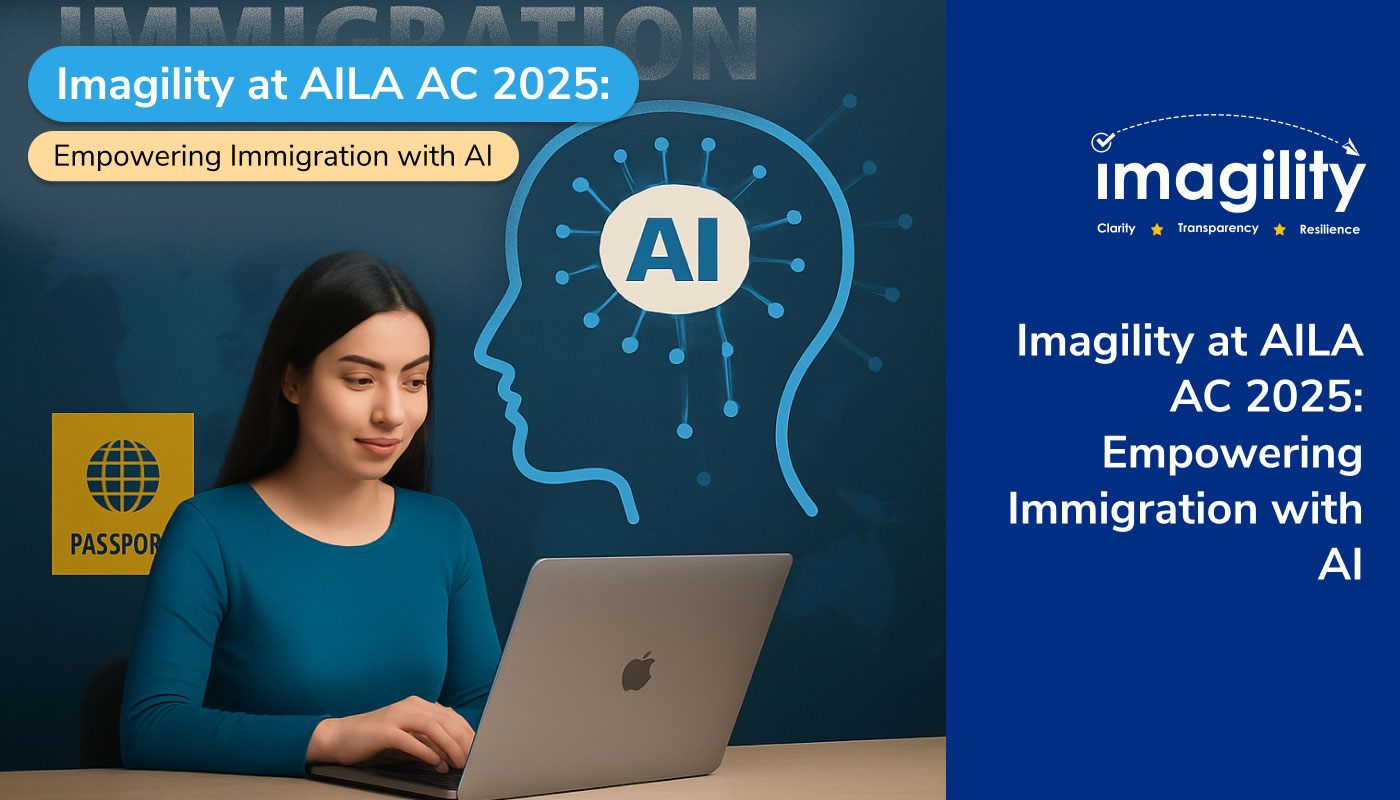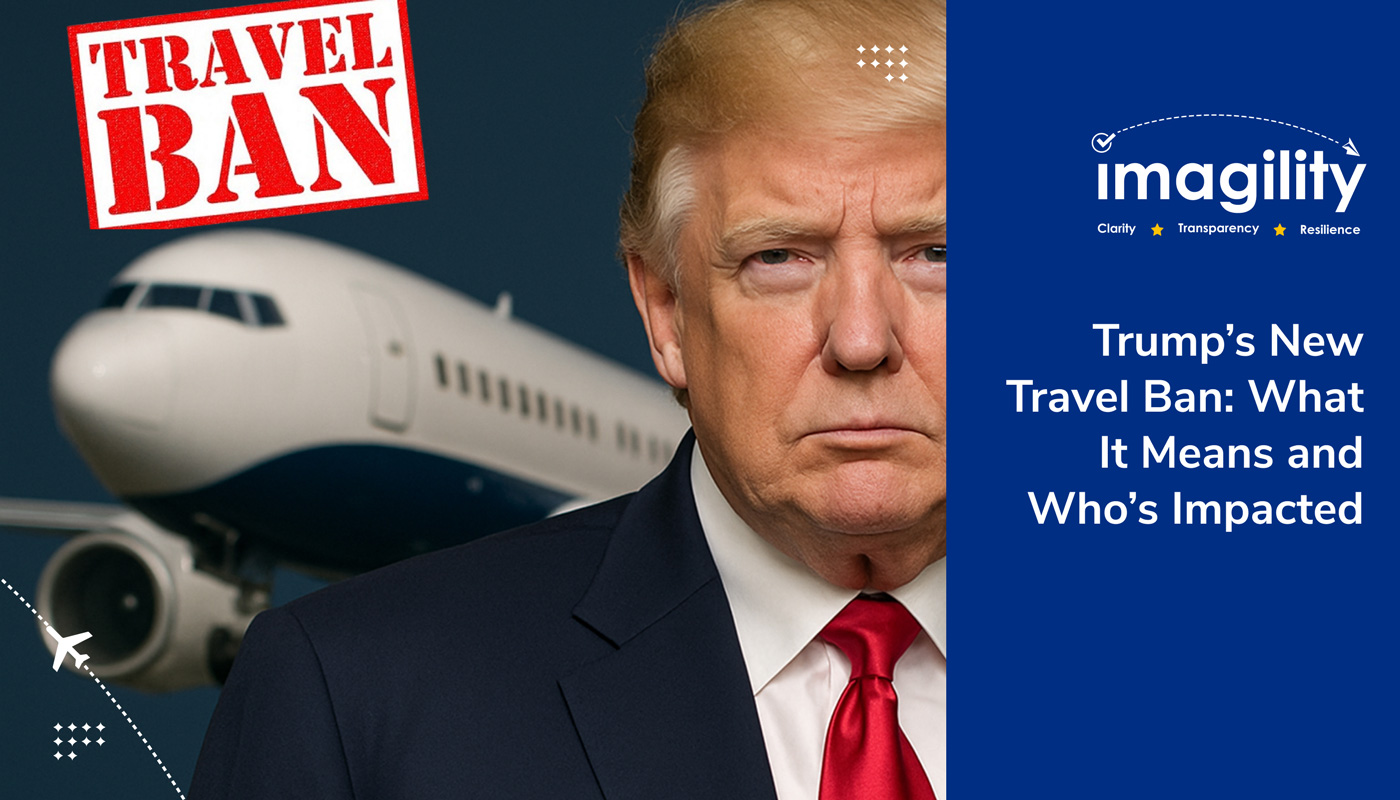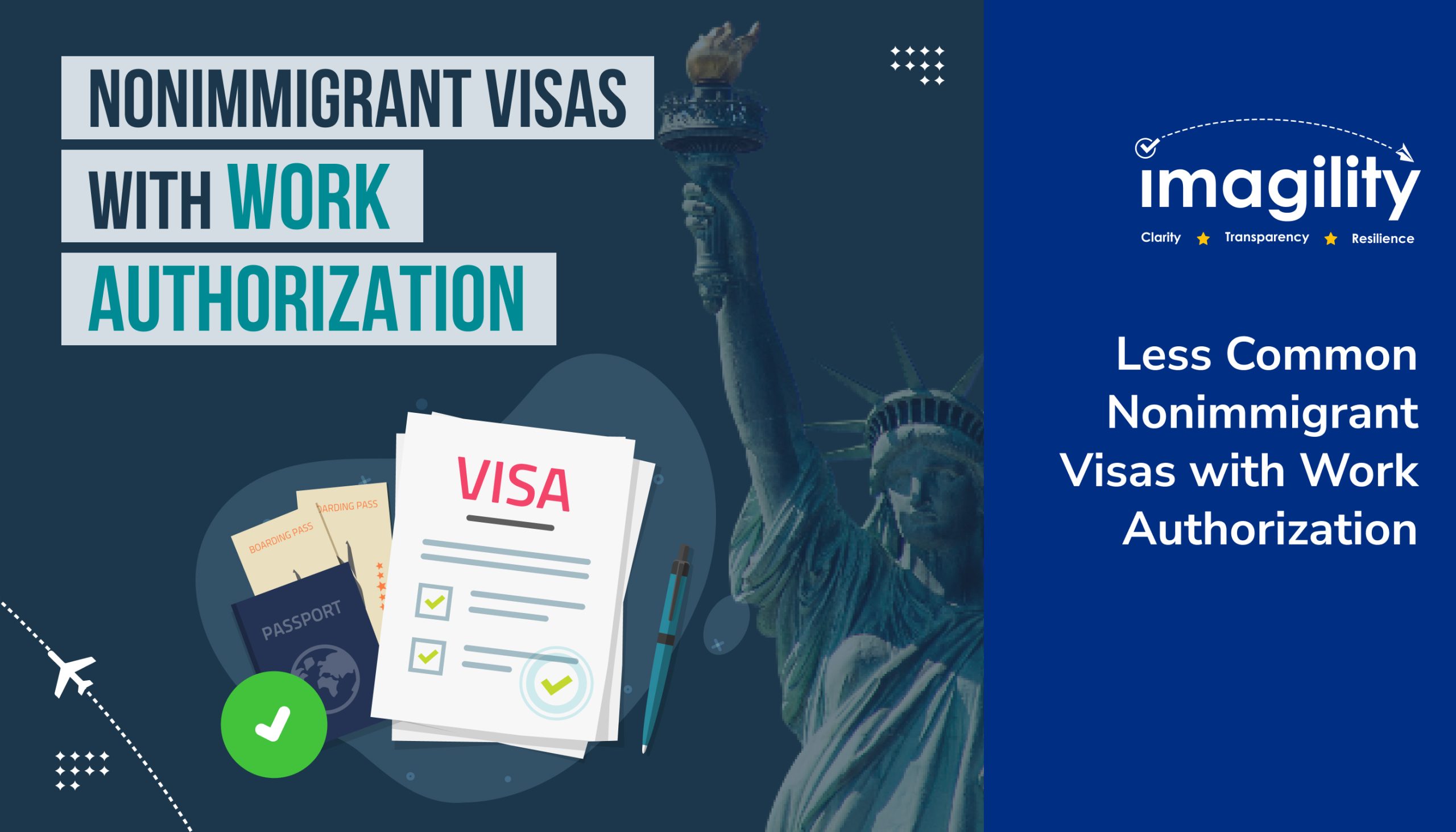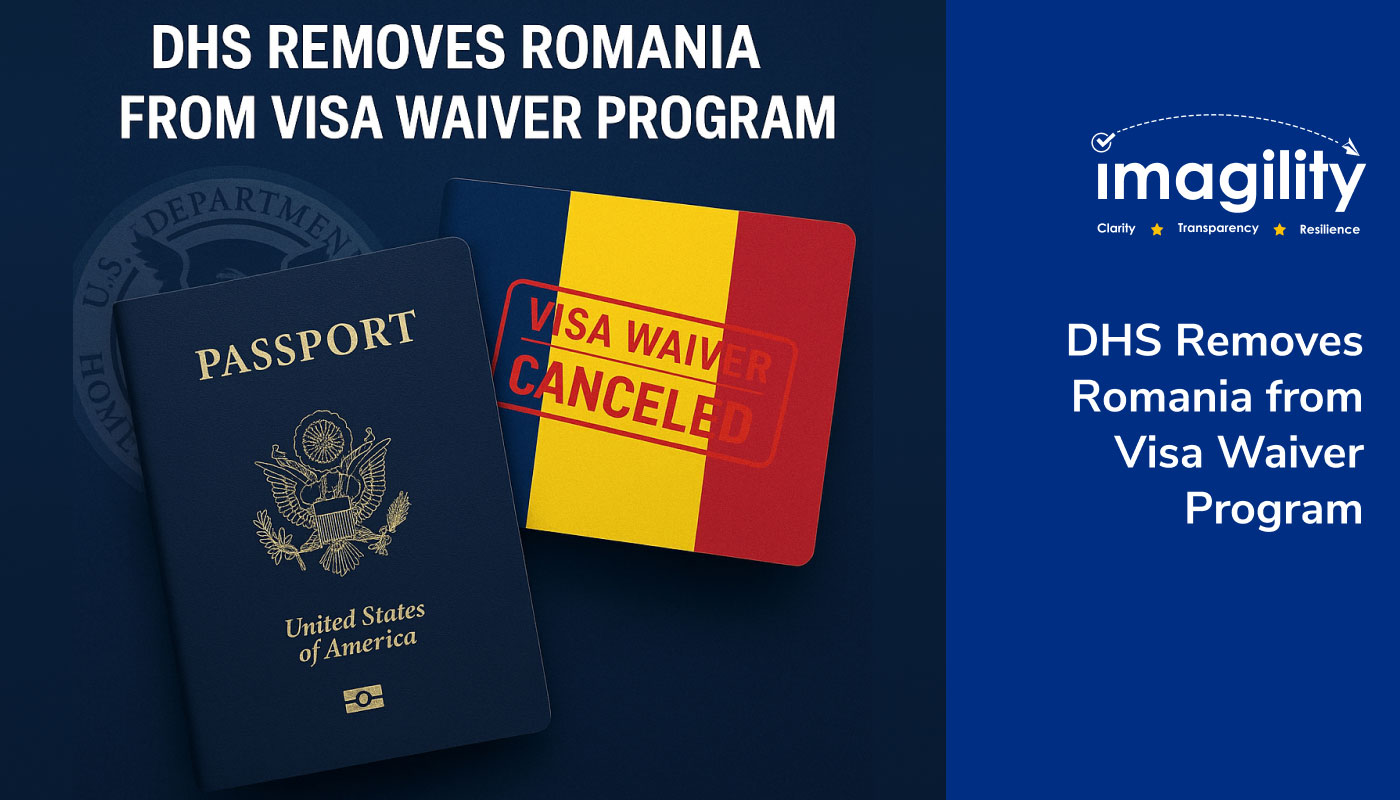The H-1B visa application is essential for foreigners looking to work in the US. Understanding the processing times is crucial for planning well and setting realistic expectations. It’s important to grasp how the process operates, particularly the various processing timelines, to plan effectively.
The processing time for an H-1B visa application varies depending on the specific case. In general, it takes anywhere from three to six months to process an H-1B visa. After submitting your application, you should expect to wait at least two weeks to receive a confirmation receipt from USCIS, and then another two weeks before contacting USCIS for status updates.
Different Types of H-1B Processing
As there is a huge demand for H-1B visas, U.S. authorities have established a comprehensive procedure for applying for this visa category, categorized into the following three types.
- Regular H-1B Visa Processing:
This type adheres to the standard processing timeline set by the USCIS. Applications follow the usual route and timeline for review and approval.
- Premium H-1B Visa Processing:
For those seeking a faster turnaround, the premium processing option offers expedited service for an additional fee. This typically results in a quicker adjudication process.
USCIS processes H-1B visa petitions from April to October, which aligns with the fiscal year (October to September). Once the petitions undergo processing, approved foreign employees can commence their work in October.
Understanding the distinctions between these processing types can assist applicants in choosing the most suitable option based on their circumstances and urgency.
Understanding H-1B Visa Processing Times
- Initial Processing: After filing, the initial processing phase generally takes several weeks to months. Factors influencing this stage include application volumes and USCIS workload.
- Request for Evidence (RFE): If additional documentation is requested by USCIS, responding to an RFE extends the processing time. This stage might take a few weeks to months, depending on the complexity of the request.
- Premium Processing: Opting for premium processing can expedite the timeline significantly. For an additional fee, USCIS aims to process applications within 15 calendar days.
Factors Influencing Processing Times of H-1B Visas
- USCIS Workload: Fluctuations in the number of applications received can impact processing times, leading to delays during peak periods.
- RFE Response: Timely and comprehensive responses to Requests for Evidence can expedite the overall process.
- Complex Cases: Applications requiring extra scrutiny due to specific job roles, education, or employer background may face longer processing times.
Tips for Applicants and Employers
- Ensure all the required documents are complete and accurate before submitting your petition to the USCIS to avoid unnecessary delays.
- Consider opting for premium processing if time is a critical factor, but evaluate the associated costs.
- Regularly check USCIS updates and processing time estimates to manage expectations.
Premium Processing of H-1B Petition
Premium processing for an H-1B petition involves utilizing the USCIS Premium Processing Service, wherein U.S. employers can opt for expedited processing by paying a $1,410 fee. This service ensures that within 15 days, USCIS will provide either an approval notice, a notice of intent to deny, a request for evidence, or a notice of investigation for fraud or misrepresentation. Employers can initiate Premium Processing by submitting a duly filled Form I-907, Request for Premium Processing Service.
Current H-1B Visa Processing Time
The typical H-1B processing duration spans from 2 to 6 months, marking the duration between your filing and the commencement of your work, unless exempt from the cap. You can check with your immigration attorney to explore cap-exempt petitions and their deviations from standard procedures.
LCA processing, the cap window, USCIS service center workload, and Requests for Evidence are things that contribute to fluctuations in H1B visa processing times. Moreover, your employer has the option to opt for premium processing, expediting the petition’s timeline. The timeline for this process is dependent on factors such as the completeness of the petition, the workload of the USCIS service center, and the match between your qualifications and the position’s requirements.
Conclusion
Navigating the H-1B visa processing time demands careful planning and understanding of the various stages involved. While USCIS strives to process applications promptly, factors like application volume and additional documentation requests can influence timelines. Employers and applicants should prepare diligently and consider expedited options when necessary to manage expectations effectively.
For tailored guidance and assistance in navigating the H-1B visa process efficiently, consult with immigration experts like Imagility. Contact us today at +1 603 782 4622 / +1 617 865 6588 to explore personalized solutions for your visa needs.
Imagilty also offers the Lottery app, which helps beneficiaries and petitioners to register for the H1B lottery. The app is a useful tool for making informed decisions amongst stakeholders involved in the lottery process. Download the app now!

